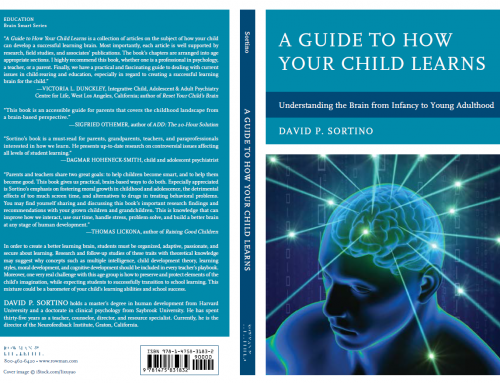“ I Learned it by Heart!”
Joseph Chilton Pearce, author of Magical Child and many books about how to simulate children’s intelligence and leaning, believes that the heart plays an important role in learning and intelligence. According to Pearce, a nerve runs directly from the heart to the mid brain, the area of the brain where thinking is linked to emotion. For example, think back to a time when you became so enamored by a particular school lesson or activity that you lost track of time. Remember how smart you felt? Pearce believes when the heart is stimulated in a learning situation, the midbrain is stimulated as well, and with the help of the chemical melanin, situated both in the heart and midbrain, you get greater learning and intelligence. Hence the statement “I learned it by heart!”
Notice your child when they are most focused and it is almost always a situation when their learning involves something they passionately love to do. In my opinion, Pearce’s theory supports Harvard psychologist, Howard Gardner’s theory of multiple intelligence. That is, discover what the child feels smart about and greater learning and intelligence ensues. Richard Felder of North Carolina State University has expressed similar beliefs about learning and intelligence. Felder defines eight learning styles (active, reflective, visual, spatial, verbal, global, intuitive, and sequential) that are somewhat similar to Gardner’s eight intelligences as well as supportive of Pearce’s belief about learning and intelligence. Two of Felder’s eight learning styles are called the active and reflective learning styles. We have all witness the active learner: they are children who cannot sit still at a desk before they are literally hanging over its side or simply standing at their desks when learning (Nobel Prize Laureate Earnest Hemingway might have been described as an active learner because he wrote his novels standing-up at his fireplace mantle). Furthermore, active learners are often the first students to raise their hands in class discussions and often the first to finish their tests! On the other hand, reflective learners must digest every bit of information slowly before they will ever raise their hands to comment on a question and often the last to finish their tests. Sadly, during many classroom discussions, reflective learners often are left out because active learners always seem to get their answers out first and beat them to the punch! However, give the reflective learner time and they will usually give a very well thought-out statement and even a brilliant answer. Obviously, we should not simply label a child as active or reflective since children often match their learning style or intelligence to the lesson at hand. However, we still need to respect various learning styles: respect the active learner’s bodily needs or give the reflective learner the opportunity more time to process information, and you could see greater learning and intelligence with such students. Lastly, regardless of what learning style you child displays, active, reflective, visual, etc. the responsive parent should take the time to discover their child’s learning style as another strategy to stimulate greater learning and intelligence. Observing your child in a passionate learning situation is one way. The other is to remember Pearce’s belief that great learning and intelligence must go through the heart first as in “I leaned it by heart.”
Dr. David Sortino holds a Master’s degree in Human Development from Harvard University and a Ph.D. in Clinical Psychology from Saybrook. For additional information please contact: davidsortino@comcast.net or 707-480-1649.


